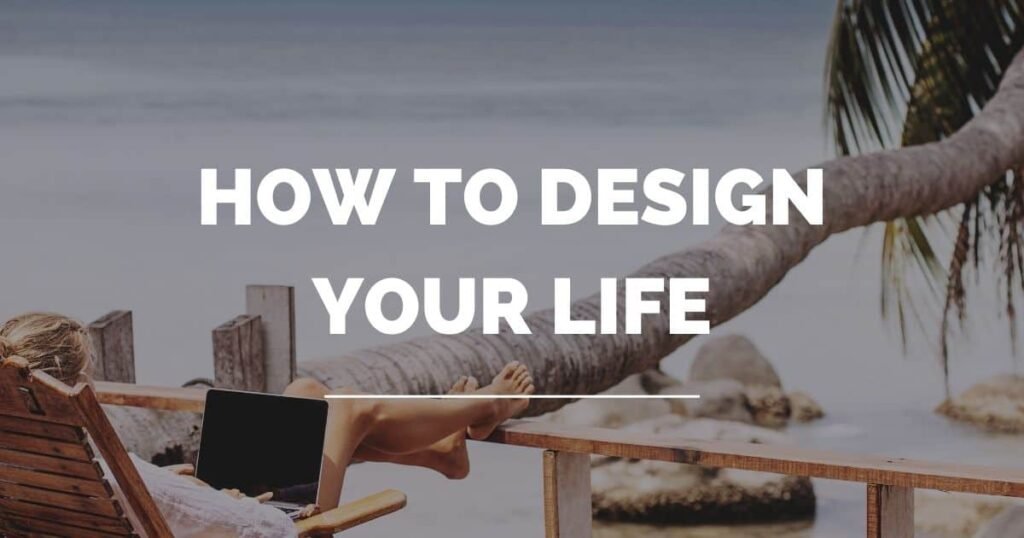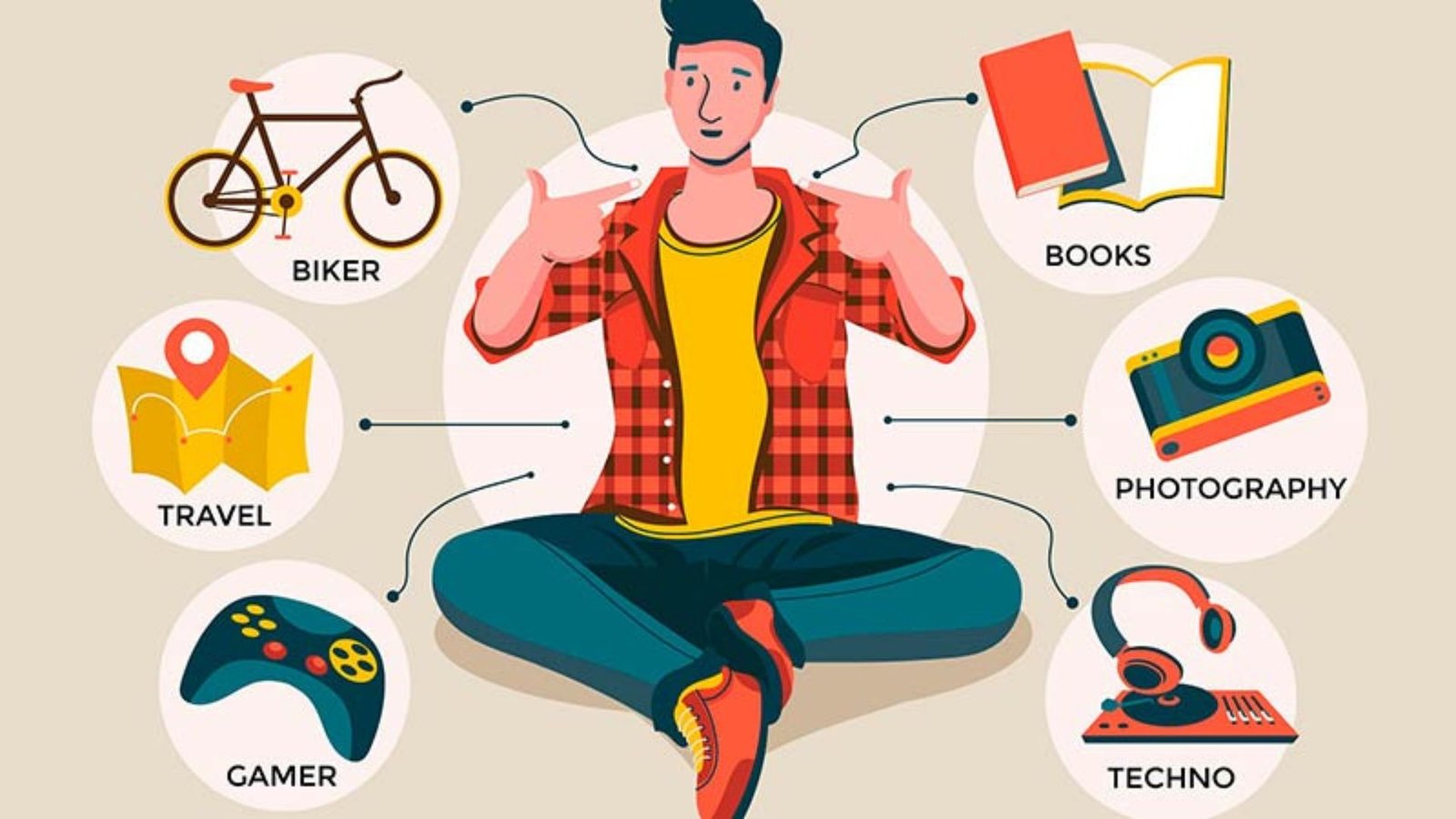Designing your ideal lifestyle involves creating a life that aligns with your values, goals, and desires. By thoughtfully crafting a routine and environment that support your personal aspirations, you can achieve a more satisfying and balanced existence. This article provides practical steps on how to design your ideal lifestyle, helping you transform your vision into reality.
Define Your Vision
The first step to designing your ideal lifestyle is to define your vision. Begin by reflecting on what truly matters to you. Consider aspects such as your career goals, personal interests, health, relationships, and leisure activities. Ask yourself what a fulfilling life looks like and what you want to prioritize.
Create a vision board or write down your goals and aspirations. Visualizing your ideal lifestyle helps clarify your desires and serves as a roadmap for your journey. By having a clear vision, you set a foundation for making informed decisions and taking actionable steps toward achieving your ideal lifestyle.

Set Clear Goals
Once you have a defined vision, the next step is to set clear and achievable goals. Break down your vision into specific, measurable, attainable, relevant, and time-bound (SMART) goals. For example, if part of your ideal lifestyle includes improving your fitness, set a goal such as “exercise for 30 minutes five times a week.”
Setting clear goals helps you stay focused and motivated. It also allows you to track your progress and make adjustments as needed. Regularly review and update your goals to ensure they remain aligned with your evolving vision and circumstances.
Create a Balanced Routine
Designing your ideal lifestyle requires creating a balanced routine that incorporates all key aspects of your life. Allocate time for work, exercise, relaxation, and social activities. A well-structured routine ensures that you address your various needs and prevent any single aspect from overwhelming the others.
For example, establish a daily schedule that includes dedicated time blocks for professional tasks, physical activity, and personal hobbies. Incorporate regular breaks and downtime to recharge and maintain overall well-being. By creating a balanced routine, you can enhance productivity and satisfaction in all areas of your life.
Cultivate Positive Habits
To design your ideal lifestyle, focus on cultivating positive habits that support your goals and overall well-being. Start by identifying habits that align with your vision and gradually incorporate them into your routine. This could include healthy eating, regular exercise, mindfulness practices, or personal development activities.
For instance, if one of your goals is to improve your mental health, consider adopting habits such as daily meditation, journaling, or reading. Consistency is key, so aim to make these habits a regular part of your daily life. Over time, they will become second nature and contribute to achieving your ideal lifestyle.
Foster Supportive Relationships
Fostering supportive relationships is essential for designing your ideal lifestyle. Surround yourself with individuals who uplift and encourage you. Positive relationships can provide emotional support, offer valuable perspectives, and contribute to your overall happiness.
Make an effort to build and maintain strong connections with friends, family, and colleagues. Engage in meaningful interactions and seek out communities or groups that share your interests and values. By cultivating a supportive social network, you enhance your ability to achieve and enjoy your ideal lifestyle.
Evaluate and Adjust Regularly
Designing your ideal lifestyle is an ongoing process that requires regular evaluation and adjustment. Periodically assess your progress and reflect on whether your current routine and habits align with your vision. Make adjustments as necessary to stay on track and address any emerging challenges or changes in priorities.
For example, if you find that certain goals are no longer relevant or that your routine needs improvement, revise your approach accordingly. Flexibility and adaptability are crucial for maintaining a lifestyle that continues to meet your evolving needs and aspirations.
Conclusion
Designing your ideal lifestyle involves defining your vision, setting clear goals, creating a balanced routine, cultivating positive habits, fostering supportive relationships, and regularly evaluating your progress. By taking these steps, you can create a life that aligns with your personal values and aspirations. Remember, designing your ideal lifestyle is a dynamic and ongoing process, so stay committed and open to making adjustments along the way. With thoughtful planning and consistent effort, you can achieve a fulfilling and balanced life.




